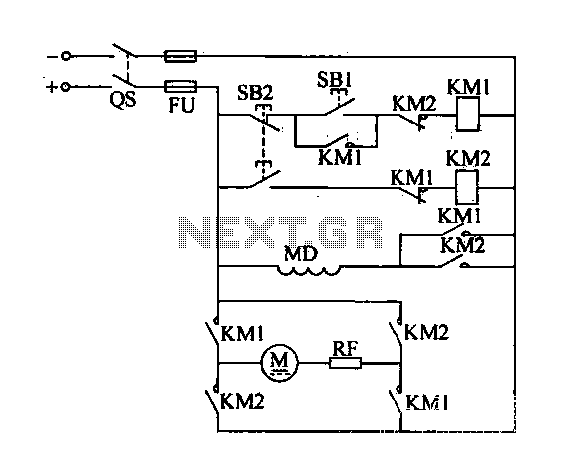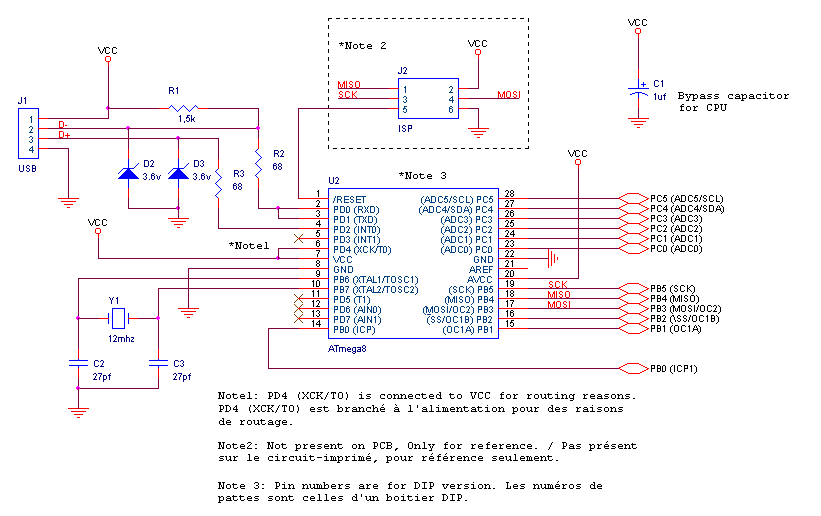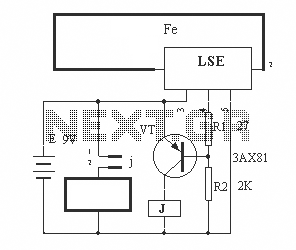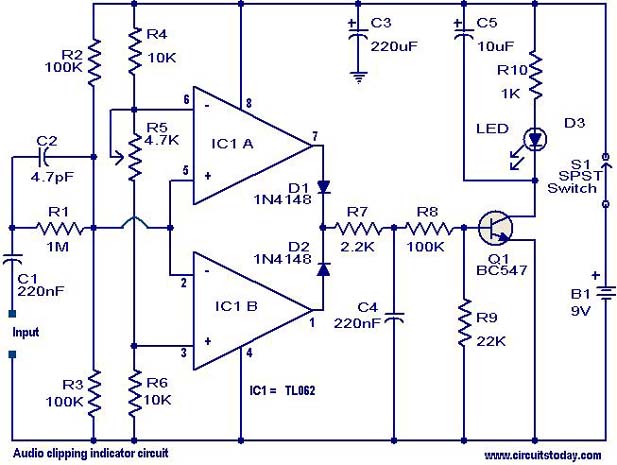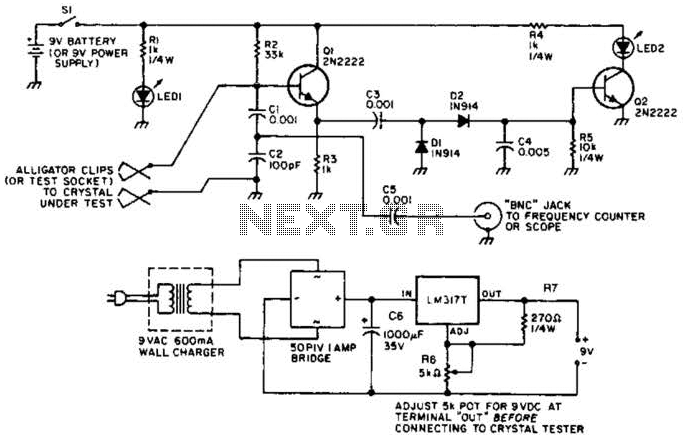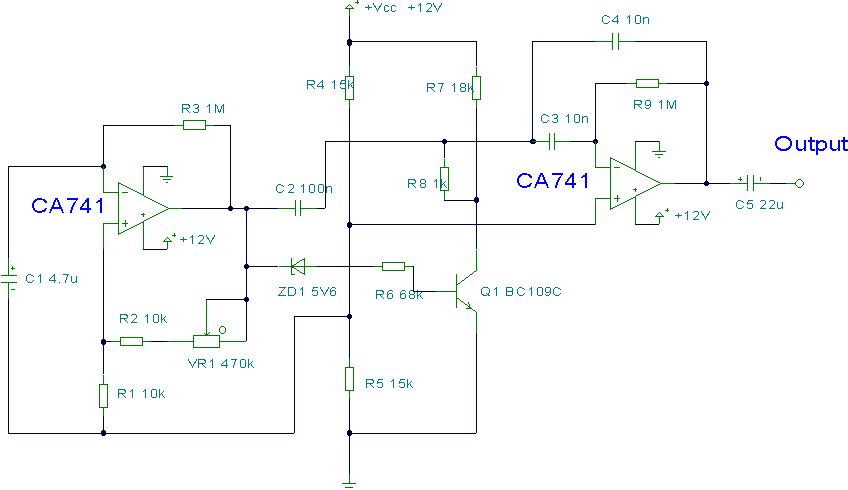
Lantern controller circuit diagram of a two-dimensional
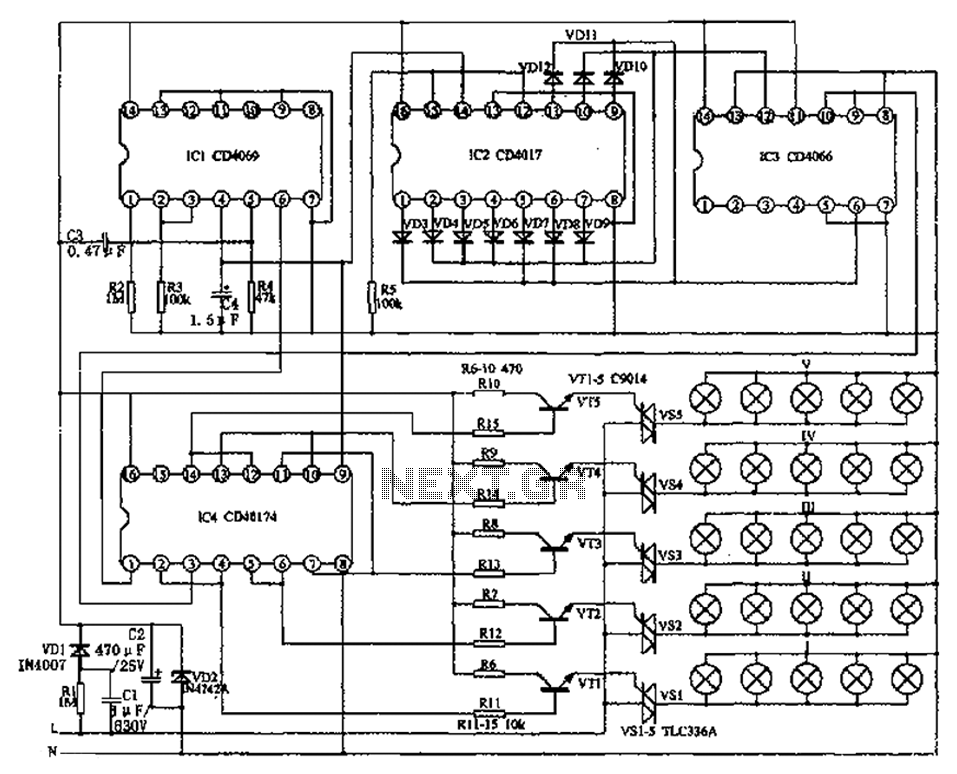
The circuit primarily consists of the NAND gate IC1 (CD4096), a counting/timing distribution circuit IC2 (CD4017), an analog electronic switch IC3 (CD4066), and a D flip-flop IC4 (CD40174), along with other components. The controller is capable of managing the progressive lighting of lanterns, allowing for sequential illumination and extinguishing. With a specific number of light connections, the setup can generate a color-changing scene, providing more vibrant color flow control compared to standard configurations.
The described circuit utilizes several integrated circuits to achieve a dynamic lighting effect suitable for decorative or signaling purposes. The NAND gate (IC1, CD4096) serves as the fundamental logic component, enabling the configuration of various logical operations necessary for controlling the overall functionality of the circuit. This IC can be used to create necessary timing signals or control conditions for the subsequent components.
The CD4017 (IC2) functions as a decade counter and timing distribution circuit, which counts incoming pulses and activates its output pins sequentially. This feature is essential for the progressive lighting effect, as it allows the lanterns to be lit one after another, creating a visually appealing sequence. The outputs of the CD4017 can be connected to the analog electronic switch (IC3, CD4066), which controls the power to each lantern. The CD4066 operates as an analog switch, allowing or blocking current flow based on control signals, thus enabling the sequential activation of the lanterns.
The D flip-flop (IC4, CD40174) is utilized for storing the state of the control signals, ensuring that the circuit maintains its operational state even when the input signals fluctuate. This stability is crucial for maintaining consistent lighting patterns and ensuring that the lanterns do not flicker or behave erratically.
Additionally, the circuit design allows for the integration of multiple light connections, which enhances the ability to create color-changing scenes. By utilizing different colored LEDs or lanterns, the system can produce a flowing color effect that is richer and more varied than traditional single-color setups. This capability is particularly beneficial for decorative applications, where visual impact is a priority.
Overall, the combination of these integrated circuits and their respective functionalities creates a sophisticated control system for lantern lighting, allowing for intricate patterns and effects that enhance the aesthetic appeal of any installation. As shown, mainly by the NAND gate IC1 (CD4096), counting/timing distribution circuit IC2 (CD4017), the analog electronic switch IC3 (CD4066) and the D flip-flop IC4 (CD40174) a nd other components. The controller may control Lantern Rd progressive increments lit lantern in the progressive extinguished. If a certain number of lights connections, the plane will be able to create a color-changing scene, color flow control than usual in a line of colorful richer.
The described circuit utilizes several integrated circuits to achieve a dynamic lighting effect suitable for decorative or signaling purposes. The NAND gate (IC1, CD4096) serves as the fundamental logic component, enabling the configuration of various logical operations necessary for controlling the overall functionality of the circuit. This IC can be used to create necessary timing signals or control conditions for the subsequent components.
The CD4017 (IC2) functions as a decade counter and timing distribution circuit, which counts incoming pulses and activates its output pins sequentially. This feature is essential for the progressive lighting effect, as it allows the lanterns to be lit one after another, creating a visually appealing sequence. The outputs of the CD4017 can be connected to the analog electronic switch (IC3, CD4066), which controls the power to each lantern. The CD4066 operates as an analog switch, allowing or blocking current flow based on control signals, thus enabling the sequential activation of the lanterns.
The D flip-flop (IC4, CD40174) is utilized for storing the state of the control signals, ensuring that the circuit maintains its operational state even when the input signals fluctuate. This stability is crucial for maintaining consistent lighting patterns and ensuring that the lanterns do not flicker or behave erratically.
Additionally, the circuit design allows for the integration of multiple light connections, which enhances the ability to create color-changing scenes. By utilizing different colored LEDs or lanterns, the system can produce a flowing color effect that is richer and more varied than traditional single-color setups. This capability is particularly beneficial for decorative applications, where visual impact is a priority.
Overall, the combination of these integrated circuits and their respective functionalities creates a sophisticated control system for lantern lighting, allowing for intricate patterns and effects that enhance the aesthetic appeal of any installation. As shown, mainly by the NAND gate IC1 (CD4096), counting/timing distribution circuit IC2 (CD4017), the analog electronic switch IC3 (CD4066) and the D flip-flop IC4 (CD40174) a nd other components. The controller may control Lantern Rd progressive increments lit lantern in the progressive extinguished. If a certain number of lights connections, the plane will be able to create a color-changing scene, color flow control than usual in a line of colorful richer.
